
Seminars
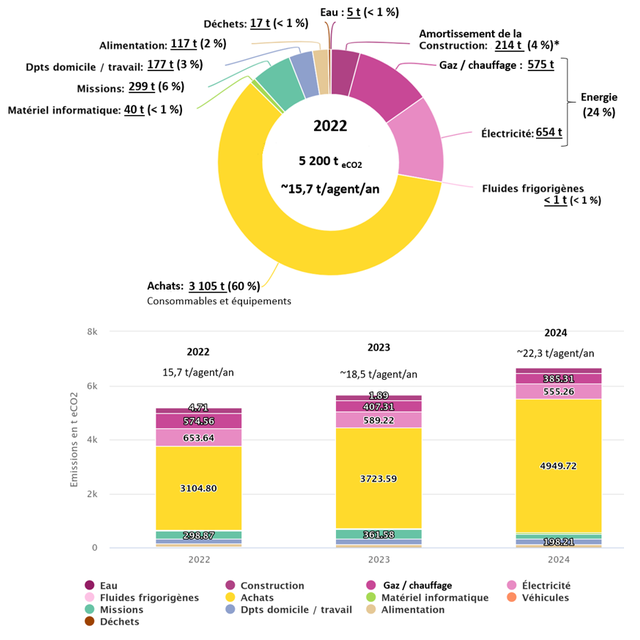
(in french) C2N carbon footprint: from footprint assessment to actions for its reduction.
C2N, Amphithéâtre du C2N, PalaiseauSeminars
Abstract:
The C2N carbon footprint, consolidated on the basis of 2022 data and anticipated from 2023 and 2024 data, was established between March and July 2025. This work provided an opportunity to extract the carbon footprint of the C2N technology centre, analyse the main items in the laboratory's carbon footprint, and finally assess the theoretical effect of reduction scenarios [1]. The involved team also looked at the general statistics on the carbon footprint of CNRS-Physics laboratories and at concrete actions implemented in other laboratories.
This general seminar will be split in 2 parts: In the first part the main results of the C2N carbon footprint calculation will be reviewed, then analysed in more detail for the main items. Possible quantitative avenues for reducing the footprint will be presented for each item. It will provide the opportunity to summarise the 2025 resource and energy-savings actions and their impacts. In the second part, a discussion with all participants will be held to identify the main actions on which there is consensus, aiming at proposing their concrete implementation by mid-2026.
[1] Jules Becquemont, Antoine Darret. 2022 Carbon Footprint Assessment of C2N and its Micro-Nanotechnoloy Facility – methodology, implementation, analysis and reduction strategies. CNRS; Université Paris-Saclay; Université Paris Cité. 2025. ⟨hal-05203071⟩
This seminar will be presented by the sustainable-development advisors and the carbon-footprint team in 2025: Amanda Trepagny, Anne Talneau, Antonella Cavanna, Aristide Lemaître, Daniele Melati, Elodie Colin, Federico Panciera, Guillemin Rodary, Jean-Michel Manceau, Marine André, Martina Morassi, Nadia Belabas, Nathalie Bardou, Sophie Bouchoule and Stefano Pirotta
This seminar will be the last in the 2025 ‘Sustainable Development’ mini-cycle of seminars organised by the with the C2N seminar team.
Participation to the seminar is validated as part of a doctoral module by the EOBE and EDOM doctoral schools.
The slides will be in English, and the presentation will be in French.
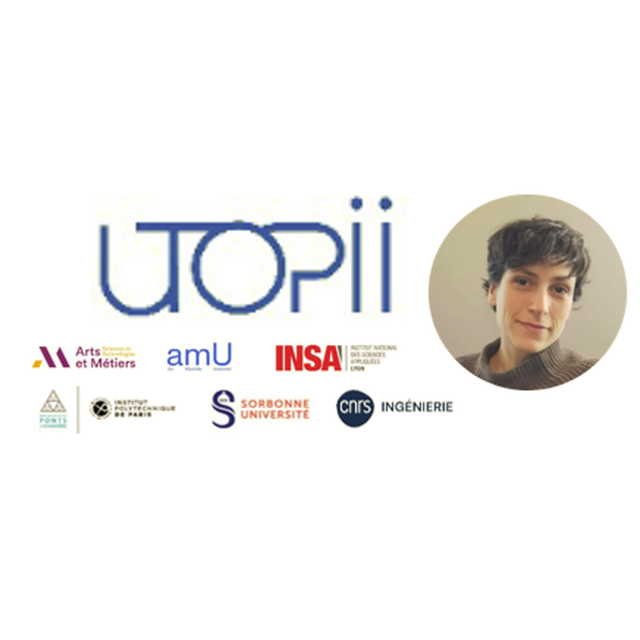
(in french) Rethinking the environmental impact of engineering research, based on life cycle analysis of research projects
, C2N, Amphitheater, PalaiseauSeminars
Abstract:
Facing environnemental challenges, French scientific research will have to adapt and accelerate its transformation. CNRS Ingénierie, Aix-Marseille University, the École nationale des ponts et chaussées (ENPC), the École nationale supérieure d'arts et métiers (ENSAM), INSA Lyon and Sorbonne University have jointly launched the UTOPII Support and Research Unit (UAR) – Transdisciplinary Unit for Guidance and Forecasting of Environmental Impacts. The UAR, created in January 2025, aims to comprehensively assess, through life cycle analysis (LCA), the environmental impacts of French research, particularly in the field of engineering and emerging technologies, with the aim of identifying ways to reduce this environmental footprint. Taking a forward-looking approach, the aim is to estimate the environmental impacts of research results, and not just research practices. During this seminar, I will detail the organisation and trajectory of the UAR, the work it has carried out since its creation, and present an overview of LCA-based methodologies for application to research projects. I will discuss how these methodologies can enable the research community to better evaluate its activities and guide its academic work.
https://fr.linkedin.com/pulse/utopii-pour-repenser-limpact-environnemental-de-la-recherche-q8vre
https://www.insa-lyon.fr/sites/www.insa-lyon.fr/files/20250401_cp_utopii.pdf
About the speaker:
Myriam SAADE is a graduate of the Ecole Polytechnique Fédérale de Lausanne (EPFL) and holds a PhD in geosciences and the environment. She was a researcher at the Navier Laboratory and academic head of the Civil Engineering and Construction Department at the École Nationale des Ponts et Chaussées. Her work focuses on prospective life cycle analysis applied to infrastructures, as well as natural and secondary resources management. She has been an associate researcher at the French Institute for the Near East (IFPO), at the Graduate Institute of International and Development Studies in Geneva, and she has also been a consultant for the Aga Khan Foundation. Since 1st of January 2025, she has been Director of the UTOPII (Transdisciplinary Unit for Guidance and Forecasting of the Environmental Impacts of Engineering Research) Support and Research Unit (UAR), and Scientific Manager of the environmental impact assessment of research projects at CNRS- Institute of Engineering
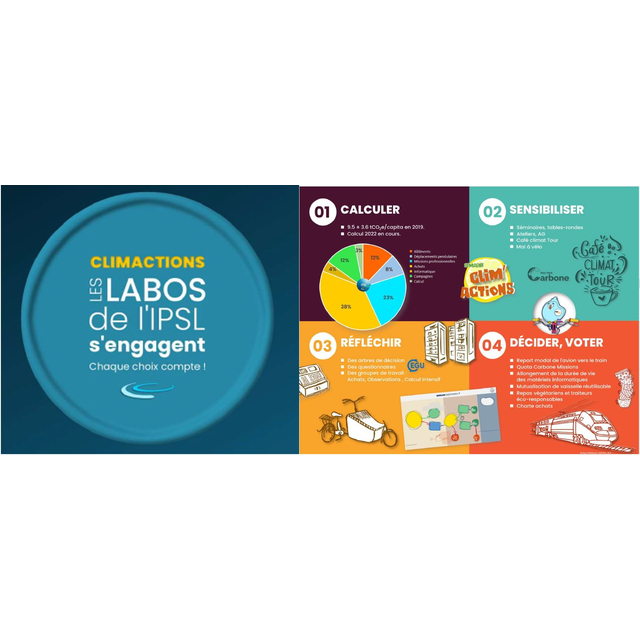
(in french) From intention to action – mobilising a collective to reduce its environmental footprint: feedback from the laboratories of the Pierre-Simon Laplace Institute (IPSL)
, Amphithéâtre, PalaiseauSeminars
Topic : Sustainable development and sustainable research
Presentation in French
Abstract :
In this seminar, I will share IPSL's experience in environmental transition, or how to mobilise a collective to move from observation to action in order to reduce its environmental footprint, in line with France's national low-carbon strategy aimed at carbon neutrality by 2050.
After an introduction to the specific features of IPSL and a focus on the laboratory that has been a pioneer in this dynamic, I will present our institute's carbon footprint, its main sources of emissions and the issues raised. I will discuss our methodology to progress: organisation put in place, and different modes of action in different fields, from raising awareness to implementing reduction measures, from collective reflection to decisions and voting. I will highlight our success, but also the difficulties and limitations, in a changing context. I will focus on what may be useful for a laboratory willing to take the step from intention to action.
Stephanie BONIFACE has workedfor 18 years as an engineer in aeronautics. A training leave enabled her to complete a Master's degree in “Sustainable Development and Organisations” at Paris -Dauphine. This enabled her to change direction and join IPSL(*) in November 2021 as Carbon Footprint Project Manager, responsible for calculating IPSL's carbon footprint and leading the community on a path to reducing it.
(*) Institut Pierre-Simon Laplace, fédération de laboratoires de recherche sur le climat et l'environnement en Ile de France
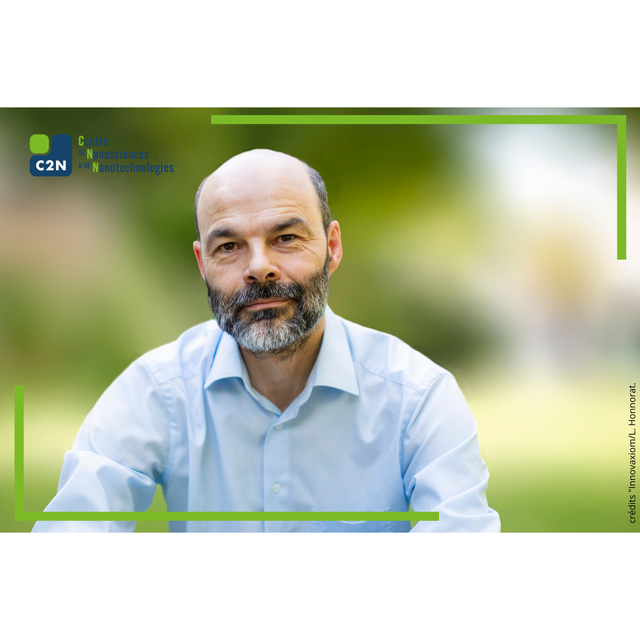
(in french) Et si, la Terre était ailleurs ?
Centre de nanosciences et de nanotechnologies, Amphithéâtre, PalaiseauSeminars
La science-fiction explore le champ des possibles grâce à des expériences de pensée. Par jeu, demandons-nous avec elle ce que serait devenu l'humanité sur une Terre différente, plus massive par exemple, ou avec des anneaux. Aurions-nous découvert aussi rapidement les lois de la mécanique céleste si la Terre était en orbite autour d'une d'étoile binaire ? Quel impact aurait eu un ciel différent de celui que nous observons quotidiennement ? Finalement, peut-on imaginer quelle serait notre représentation du monde si la Terre était différente ? C'est certainement dans cette capacité à interroger le réel par la pensée, en se posant la languissante question « Et si… ? », que se trouve le lien secret qui unit science et science-fiction.
Roland Lehoucq est astrophysicien au CEA de Saclay. Il est aussi enseignant (Université Paris Cité, ENS Paris-Saclay et Science Po Rennes) et auteur de nombreux ouvrages faisant dialoguer sciences et science-fiction. Depuis 2012, il est président des Utopiales, le festival international de science-fiction de Nantes.
Ce projet bénéficie du soutien du projet CHIPS of Europe
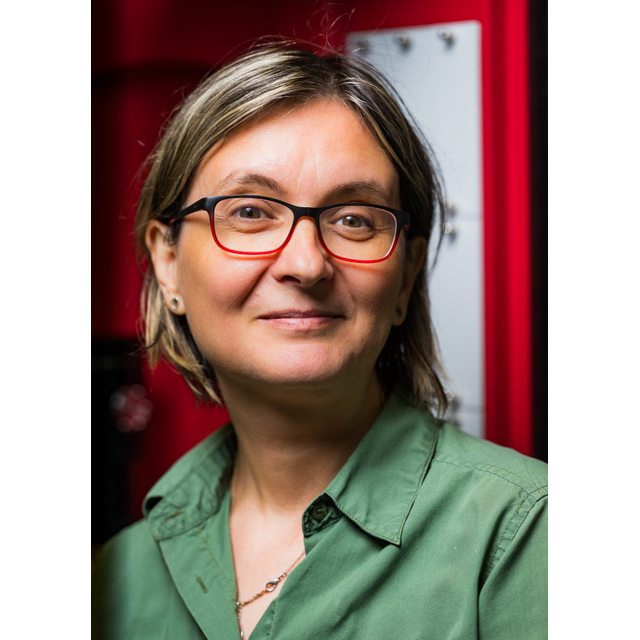
[Quantum-Saclay seminar] Quantum Materials at Rice University
c2n, A009,Seminars
Abstract
I will begin by introducing the research activities in the Rice Center for Quantum Materials (RCQM) and outlining potential opportunities for collaboration between RCQM and Université Paris-Saclay. I will then focus on the work conducted in my research group at Rice, where we study topological materials with real- and reciprocal-space topology, new topological fermions, and unconventional superconductivity. Among our various research directions, I will highlight in particular our recent work on intercalated transition metal dichalcogenides (TMDs).
About the speaker
Emilia Morosan received her undergraduate research I Romania at University Al. I. Cuza. She moved to US for her doctoral studies in Physics at ISU and Ames Lab, and traveled east for a postdoc in Chemistry at Princeton University. In 2007, she joined Rice University, and she is currently the director of the Rice Center for Quantum Materials (RCQM) and the William M. Rice Trustee Professor of Physics and Astronomy, with joint appointments in Chemistry, and Electrical and Computer Engineering.
Prof. Morosan is a condensed matter experimentalist whose research straddles the boundaries between physics, chemistry and materials science. Her primary research interests are the design and synthesis of novel materials, crystal growth, and studies of topological correlated electron systems, unconventional superconductivity, local and itinerant moment magnetism, heavy fermions systems, quantum criticality. Prof Morosan and her group are using different crystal growth techniques to design, discover and grow single crystals of novel materials, often predicted theoretically to show non-trivial topological states from Weyl semimetals to Krames-Weyl fermions and multidegenerate fermions, unconventional superconductors.
Prof. Morosan has received various awards and honors, including the DOD Vannevar Bush Faculty Fellowship, Humboldt Fellowship for Advanced Researchers, Gordon and Betty Moore Foundation EPiQS synthesis investigator, Presidential Early Career Award for Scientists and Engineers (PECASE), NSF CAREER award. She is a fellow of the American Physical Society, and American Chemical Society, and has served as a APS DMP member at large.
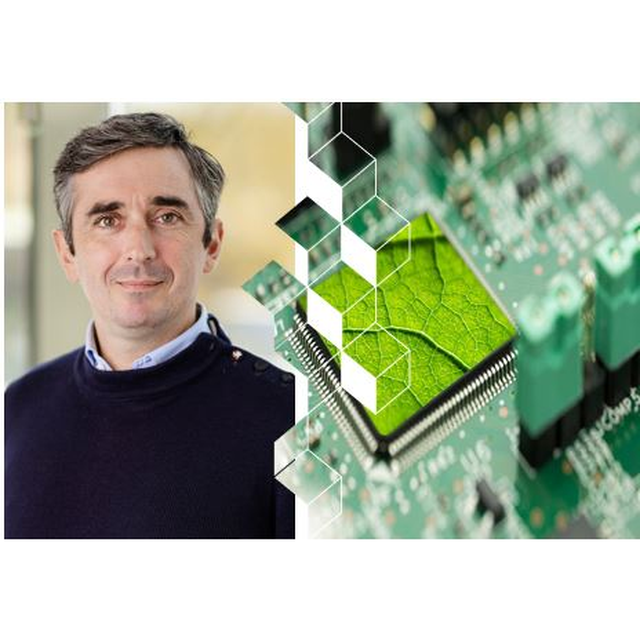
(in french) Eco-innovation at CEA-Leti : challenges and actions for energy and processes
C2N, , PalaiseauSeminars
The environmental impact of digital technologies is no longer sustainable. Water and mineral resources, global warming, ocean and land acidification, and electronic waste recycling—the list of challenges posed by our societies' appetite for digitalization is dizzying. CEA-Leti, a leading player in micro-nanoelectronics R&D, has been engaged in an ambitious eco-innovation program for the past five years. Through funding internships and PhDs, participating in ANR or European projects, or collaborating with industry, CEA-Leti researchers have ventured into new areas of research. In this seminar, I will illustrate our approach through examples such as the life cycle analysis of GaN and InP-based transistors for power or RF applications, the eco-design of 5G antennas, the development of more responsible patterning processes involving photoresists, plasma etching gases, or aqueous stripping solutions, and the actions taken to minimize the consumption and emissions of our cleanrooms. Finally, I will present future emblematic projects that will amplify this approach.
Francois BOULARD is a recognised expert in the field of plasma etching and eco-innovation of patterning processes. With a solid background at CEA-Leti, he strives to develop cutting-edge technologies that meet today's environmental and industrial challenges. Dr. from the University of Nantes in 2009, he began his career at CEA-Leti working in the field of infrared detection with the industrial company Lynred. This experience enabled him to acquire complementary expertise that enriches his current research. Since 2023, Dr. Boulard is scientific director of CEA-Leti's patterning department, leading the plasma etching engineering activity on 300mm substrates. In 2024, he obtained his HDR. His current research focuses on developing etching processes for low-energy FDSOI technologies, assessing the impact of these processes on the environment, and introducing new low-GWP gases.
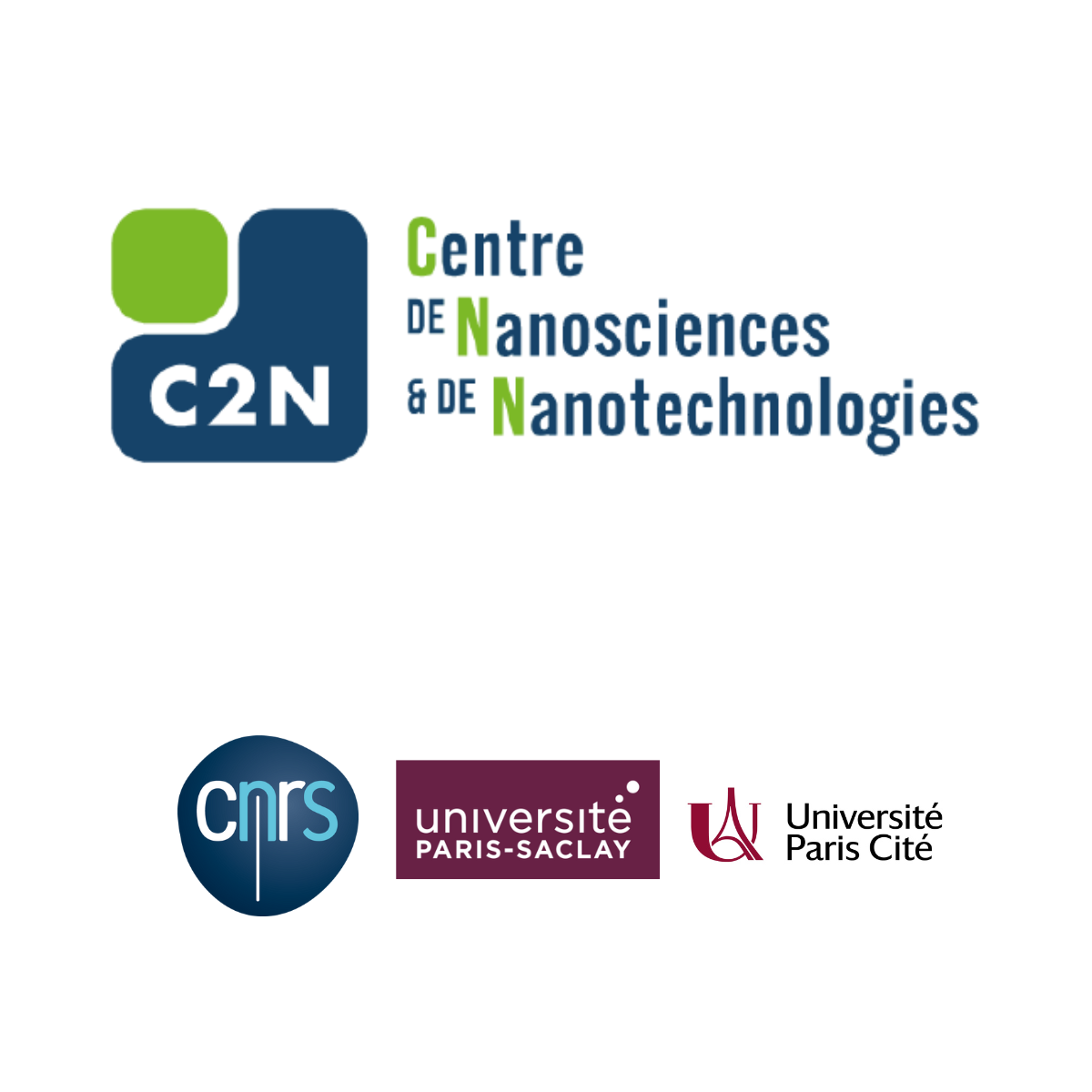
Design of All-dielectric Magneto-optical Metasurfaces Exhibiting Giant Faraday Rotation with High Light Transmittance
, A009,Seminars
Magneto-optical (MO) effects are essential for the development of nonreciprocal optical devices,
such as isolators and circulators. However, the inherently weak MO response of transparent magnetic
materials at optical frequencies limits the miniaturization of MO-based devices. Enhancing light–matter
interactions in MO materials is therefore crucial for developing compact and high-performance nonre-
ciprocal photonic components.
Various approaches have been investigated to enhance MO effects, including Faraday rotation (θF ).
Early studies utilized optical cavity modes supported in one-dimensional photonic crystals to enhance
θF [1]. However, the bulky multilayered structure has limited their practical integration. Another ap-
proach employed plasmon resonances to improve θF , but suffers from√low light transmission (T ) due to
metallic absorption [2], resulting in a low Figure of Merit (FoM = θF T ) . More recently, all-dielectric
metasurfaces have emerged as a promising solution without the penalty of absorption losses [3], harness-
ing the electromagnetically induced transparency (EIT) effects to achieve near-unity T [4]. However, the
resulting θF is rather small even with extremely ideal MO parameter. Simultaneously achieving high θF
and high T remains a significant challenge in the design of ultrathin metasurface-based Faraday rotators.
In this presentation, we present designs for all-dielectric MO metasurfaces that achieves both high
Faraday rotation (θF ) and high transmittance (T ) using realistic MO parameters, exemplified by YIG-
based structures. Our approach employs quasi-bound states in the continuum (Q-BIC) resonant modes
with engineerable high quality (Q) factors to enhance θF , while constructive interference between spec-
trally overlapped TE- and TM-like Q-BIC modes under EIT conditions ensures high T , resulting in a
significantly improved figure of merit (FoM). To address fabrication challenges, we further developed
a hybrid platform by integrating a silicon-based metasurface onto a YIG film [5], thereby maintaining
similarly high MO performance. These advancements represent a key step toward the realization of
practical, ultrathin Faraday rotators and isolators. Further results on the design, optimization [6], and
fabrication [7] of MO metasurfaces will be discussed in the presentation.
References
1. M. Inoue, R. Fujikawa, A. Baryshev, A. Khanikaev, P. Lim, H. Uchida, O. Aktsipetrov, A. Fedyanin,
T. Murzina, and A. Granovsky, “Magnetophotonic crystals,” J. Phys. D: Appl. Phys. 39, R151 (2006).
2. I. S. Maksymov, “Magneto-plasmonic nanoantennas: Basics and applications,” Rev. Phys. 1, 36–51 (2016).
3. S. Jahani and Z. Jacob, “All-dielectric metamaterials,” Nat. nanotechnology 11, 23–36 (2016).
4. A. Christofi, Y. Kawaguchi, A. Alù, and A. B. Khanikaev, “Giant enhancement of faraday rotation due to
electromagnetically induced transparency in all-dielectric magneto-optical metasurfaces,” Opt. letters 43,
1838–1841 (2018).
5. S. Gao, Y. Ota, T. Liu, F. Tian, and S. Iwamoto, “Faraday rotator based on a silicon photonic crystal slab
on a bismuth-substituted yttrium iron garnet thin film,” Appl. Phys. Express 16, 072003 (2023).
6. S. Gao, Y. Ota, F. Tian, T. Liu, and S. Iwamoto, “Optimizing the optical and magneto-optical response of
all-dielectric metasurfaces with tilted side walls,” Opt. Express 31, 13672–13682 (2023).
7. K. Taniguchi, T. Kitai, T. Yambe, S. Gao, S. Iwamoto, and Y. Ota, “Fabrication of photonic crystal nanocav-
ities based on monocrystalline yttrium iron garnet,” 2024 Conf. on Lasers Electro-Optics Pac. Rim (CLEO-
PR) p. P2 043 (2024).

(in french) Plastic pollution, from soils to oceans: sources, environmental and health impacts, and international efforts to eliminate this pollution.
, c2n amphitheater,Seminars
Abstract
While plastic production volumes are rapidly increasing to grow (460 Mt in 2019, doubling every 20 years), leakages into the environment are following the same trend. Particles (microplastics and nanoplastics) and chemical substances are released by plastics from the moment they are produced, and even from the moment the fossil resources on which they are based are extracted. Plastics pollute well before they become a waste, and are a threat to all ecosystems and to human health. The threats of plastic pollution for marine ecosystems have been known for over fifty years, while research into the extent and impacts of this pollution on soils is more recent. Because of the thousands of toxic chemicals they contain, plastics have recognised harmful effects on the functioning of ecosystems and on all living organisms, including humans.
Since 2022, a legally binding international treaty to end plastic pollution has been under negotiation at the United Nations. To ensure that it is based on established scientific facts with no conflicts of interest, pluridisciplinary scientists working on plastic pollution in all environments have joined forces in an International Coalition of Scientists, at the interface between science and policy. Its objectives are to share scientific knowledge, to raise awareness and alert decision-makers and the general public, to assist the Member states that support an ambitious treaty and to counter false information.
About the speaker
Marie-France Dignac is a research director at INRAE. Her research, at the Institute of Ecology and Environmental Sciences of Paris, focuses on the biogeochemical and ecological functioning of agricultural soils, and on the impacts of anthropogenic constraints such as climate change and pollution. In recent years, her research has focused on the multiple impacts of plastic pollution of agricultural soils and the consequences for organisms living in the soil and for agriculture. She is a member of the steering committee of the Scientists' Coalition for an Effective Plastics Treaty and of the scientific committee of the GDR Plastics, environment, health.
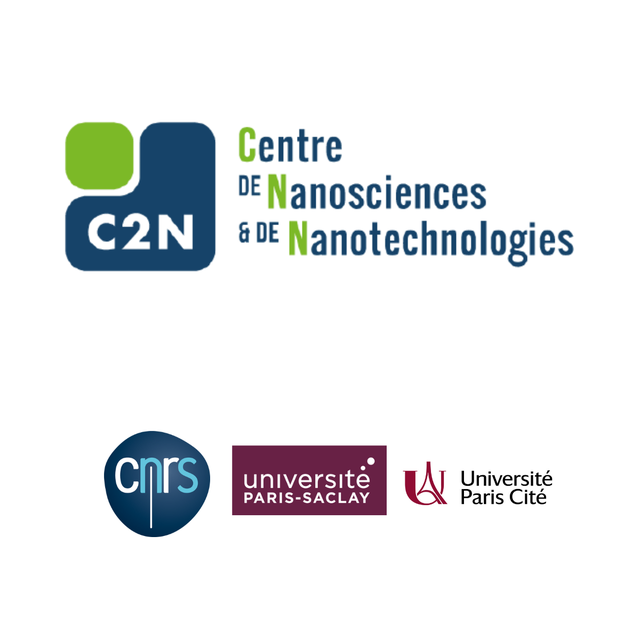
Efficient spin-photon interfaces with color centers in diamond and silicon
C2N - Centre de Nanosciences et de Nanotechnologies, , PalaiseauSeminars
The realization of large-scale quantum networks, where distant spin qubits are connected via single photons, offers interesting opportunities for both quantum science and technology. In recent years color centers in various solids emerged as promising candidates for this, providing coherent spin states together with optically active transitions. In this talk, I will give a brief overview of how we can use these centers as spin-photon interfaces. I will discuss recent work investigating the optical properties of the tin-vacancy center in diamond and its integration with nanophotonic structures fabricated in bulk diamond. Finally, I will motivate the interest in developing spin-photon interfaces using silicon as a host material.

EEE-UFFC Distinguished Lecture: Thermodynamics and Phase-field Method of Ferroelectric Crystals with Domains
C2N - Centre de Nanosciences et de Nanotechnologies, , PalaiseauSeminars
The lecture discusses the thermodynamics and the phase-field method of ferroelectric crystals and their applications to modeling and predicting the stability of domain structures and their responses to mechanical and electric fields. It will start with the basic principles of classical thermodynamics by introducing a modern version of the first law of thermodynamics and applying it to obtain the fundamental equation of thermodynamics for homogeneous ferroelectric crystals. The relations of the fundamental equations of thermodynamics, Landau and fluctuation theories of ferroelectrics, and the thermodynamic properties will then be discussed. It will then be followed by the discussion on the thermodynamics of ferroelectric crystals containing domain structures involving long-range elastic and electrostatic interactions and domain wall energy. The last part of the lecture will be focused on the applications of the phase-field method of ferroelectric domain structures. Examples will be presented to illustrate the application of the phase-field method to interpreting and understanding experimentally observed ferroelectric domain structures and to providing guidance to experimental growth of thin films and characterization to discover new mesoscale domain states of materials, achieve dramatically enhanced properties, and uncover hidden functionality.